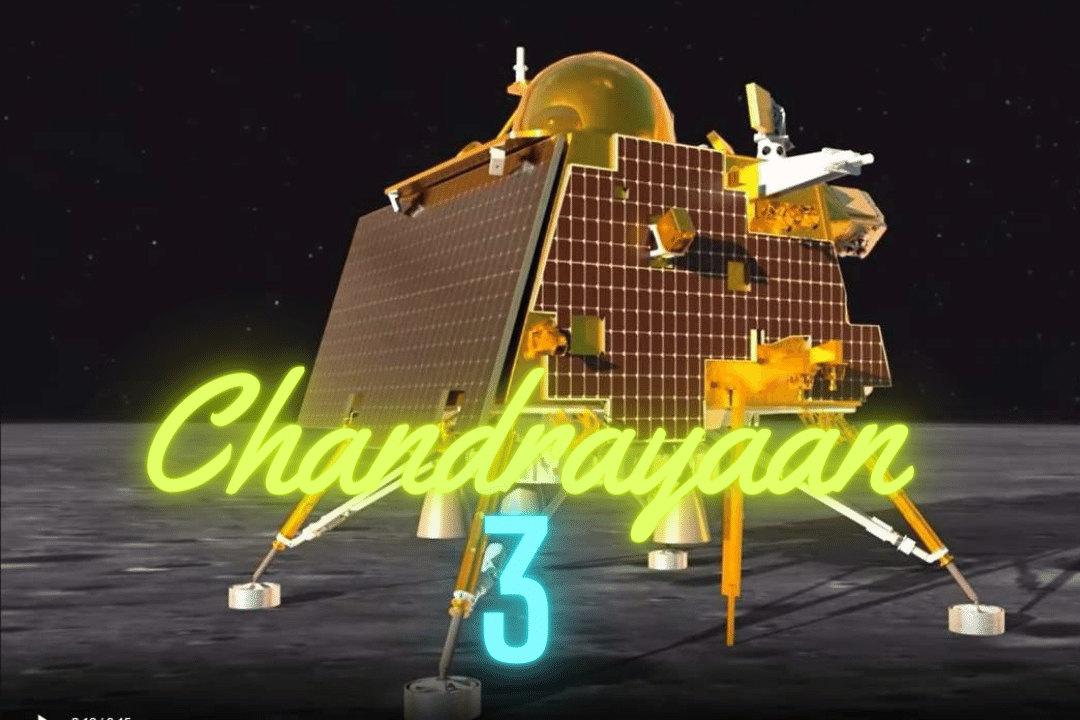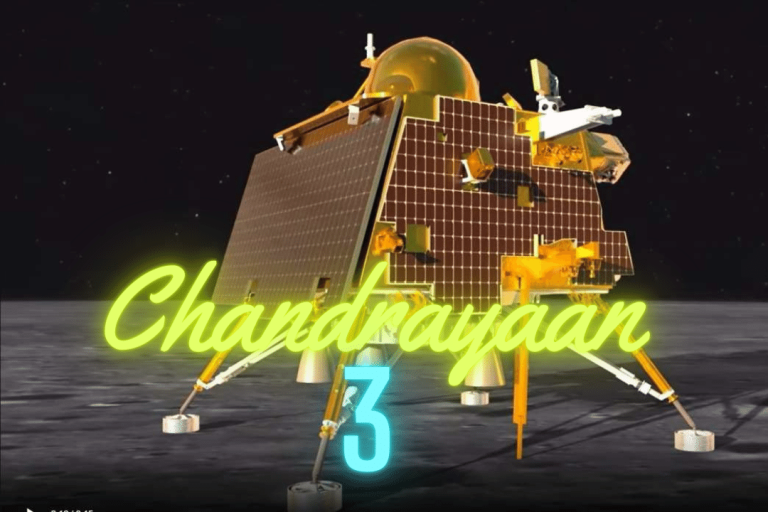India’s Chandrayaan-3 rover made its maiden step on the lunar surface a day after becoming the first nation to arrive close to the South Pole of the moon. A significant accomplishment for India’s lunar exploration was the successful separation of the Chandrayaan-3 rover from the lander, according to the space agency.
The Vikram lander successfully made a planned touchdown on Wednesday night. With this accomplishment, India has joined a select group of nations that have accomplished a soft landing on the moon, including the United States, the former Soviet Union, and China.
The Vikram lander took the 26-kilogram “Prajna” (Sanskrit for “knowledge”) rover to the moon. A ramp was put up from one side of Vikram to aid Prajna’s descent to the lunar surface when the dust from yesterday evening’s landing had settled.
It will now wander around the craters and crevices, gathering important information and taking pictures that will be transmitted back to Earth for study. Prajna will be equipped with two scientific tools that will be used to analyze the chemical makeup of the soil and try to identify the minerals that are present on the lunar surface.
Prajna will only communicate with the lander, which will then transmit data to the Chandrayaan-2 orbiter, which is still circling the moon, for transmission to Earth. According to the Indian Space Research Organisation (ISRO), Prajna will advance at a speed of one centimeter per second, imprinting the ISRO brand and symbol on the moon’s surface with each leg of its voyage.

After a race to unravel its mysteries, India made a historic landing close to the southernmost point of the moon. The lander and rover will have a total of 14 days of sunshine to charge their batteries because lunar days and nights on Earth last approximately two weeks each.
They will take a break and stop working once darkness falls. It is not yet known if they will pick up again at the beginning of the following lunar day. Additionally, the lander is outfitted with a number of scientific tools that will aid in our understanding of what is occurring on, above, and below the moon’s surface.
Chandrayaan-3
Despite the fact that major minerals are thought to be present on the moon, Chandrayaan-3’s main goal is to look for freshwater. Large craters near the southern pole, which are always in darkness, may contain ice, allowing for future human habitation on the moon, according to scientists.
This might also be used as a source of rocket fuel for missions to Mars and other far-off places. Before the landing on Wednesday, there were nervous moments as the lander began its unsteady descent. The lander’s speed eventually decreased to almost nothing, enabling a soft touchdown on the moon’s surface.
India celebrated this momentous occasion, with Prime Minister Narendra Modi declaring that “India is on the moon now” and “We have reached where no other country could.” This landing occurs only a few days after Russia’s Luna-25 spacecraft lost control and landed on the moon, bringing attention to the difficult terrain close to the southern polar zone of the moon, highly irregular” and “abounding with craters and rocky formations.”
the initial photographs from India’s most recent moon expedition. Due to the loss of its lander and rover, India’s second lunar mission, which attempted a gentle landing in 2019, was a failure. However, its orbiter survived and is still in orbit around the moon, helping with data transfer and imaging.
Other nations also keep an eye on the moon besides India. The prospect of numerous prospective lunar missions has sparked tremendous enthusiasm worldwide. In spite of the moon being frequently referred to as the “gateway to the depths of space,” scientists underline that there is still much to learn about it.








+ There are no comments
Add yours